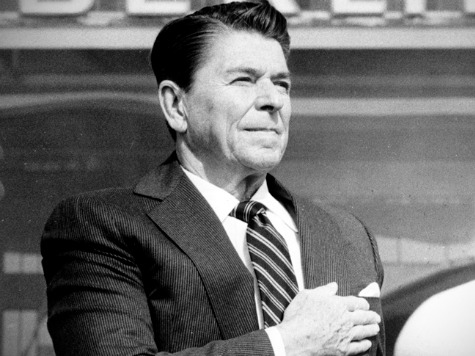Upon receiving a copy of the new book The Invisible Bridge: The Fall of Nixon and the Rise of Reagan, that author Rick Perlstein asked me to review, I immediately noticed what I personally believe are startling similarities to my book Reagan’s Revolution: The Untold Story of the Campaign that Started It All. The similarities were not just in historical facts–after all, both works cover the same historical figure and period. Rather, the similarities were in wording, phrasing and expression–we allege nearly fifty in all, according to an initial review of the work.
When I looked to see if Mr. Perlstein credited his many uses of Reagan’s Revolution, I found that the body of The Invisible Bridge does not credit Reagan’s Revolution at any point, and there are no footnotes, end notes, bibliography or other common form of citation in his book. Instead, buried on page 810, Mr. Perlstein directs readers to access his personal website where, after several clicks, they can uncover “A Note on Sources” for The Invisible Bridge. There, Mr. Perlstein credits some–but I don’t think all–of his uses of Reagan’s Revolution.
In some instances, I contend that Mr. Perlstein lifted words and phrases straight from Reagan’s Revolution into The Invisible Bridge. In each such instance, Mr. Perlstein changed a word or two, or perhaps a tense–but failed to do so in a way and to an extent sufficient to transform my original expression into his own. In Reagan’s Revolution, for instance, I wrote Kansas City’s “red light district was festooned with red, white, and blue bunting, as dancing elephants were placed in the windows of several smut peddlers.” In The Invisible Bridge, Mr. Perlstein wrote Kansas City’s “anemic red light district was festooned with red, white and blue bunting, several of the smut peddlers featured dancers in elephant costumes in their windows.”
In other instances, “A Note on Sources” references Reagan’s Revolution but I cannot find any quotation marks or other indications in the text of The Invisible Bridge to set my original expression apart from Mr. Perlstein’s. For example, in Reagan’s Revolution I wrote, “About the only person in Kansas City who was keeping his cool was Reagan himself….watching on television, dissolved in laughter.” In The Invisible Bridge, Mr. Perlstein wrote “Just about the only person who was calm through the entire thing was Ronald Reagan. He watched it on television in his hotel suite, dissolving in laughter.”
The afore examples are just two of the many instances in which I believe Mr. Perlstein uses my material, quoting directly, but without proper citations.

COMMENTS
Please let us know if you're having issues with commenting.